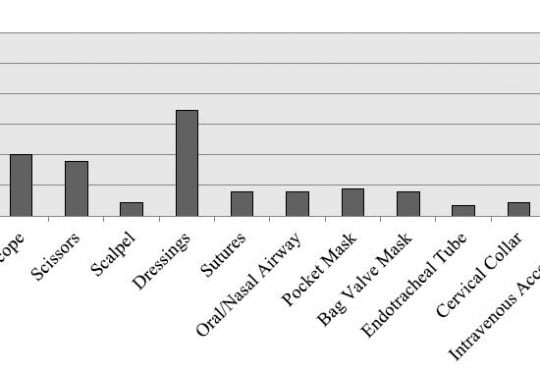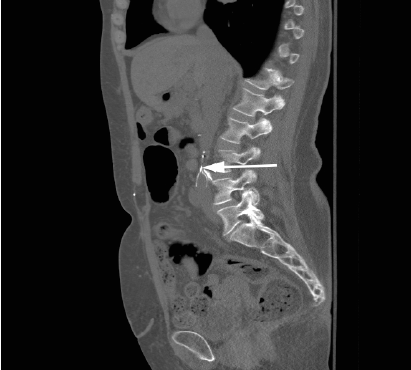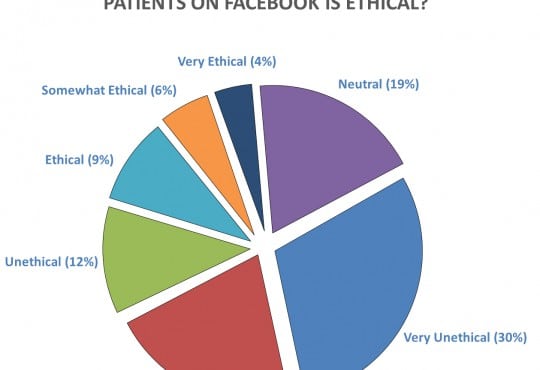Ethical and Legal Issues
Ethical and Legal Issues
Emergency Department and Urgent Care Medical Malpractice Claims 2001–15
Westjem Read More
Ethical and Legal Issues
Response to Moulin and Jones: “The Alameda Model: An Effort Worth Emulating”
Westjem Read More
Ethical and Legal Issues





